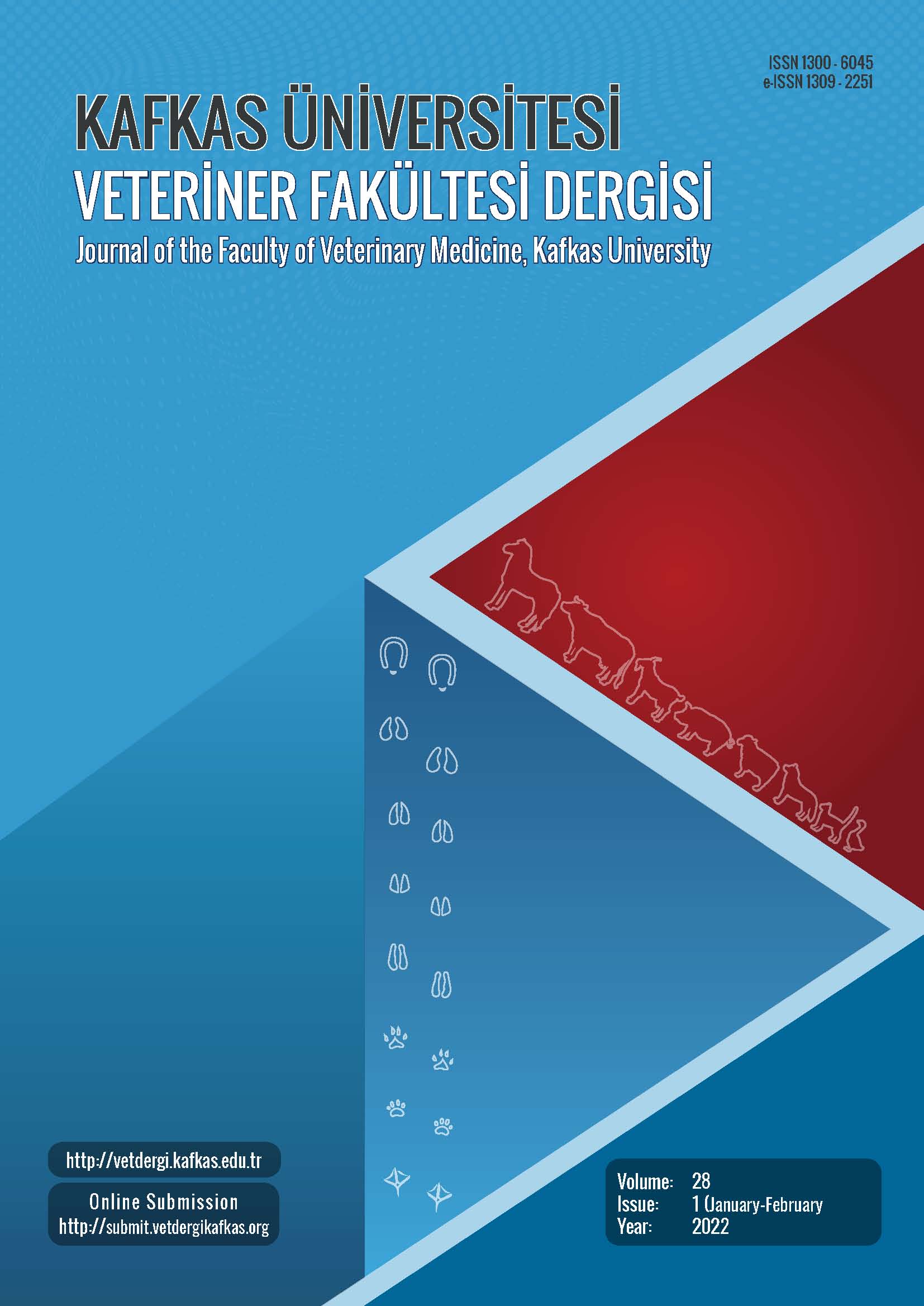
This journal is licensed under a Creative Commons Attribution-NonCommercial 4.0 International License
Kafkas Üniversitesi Veteriner Fakültesi Dergisi
2022 , Vol 28 , Issue 1
Studies on Overwintering Behavior and Cold Stress Related Unigenes of Wohlfahrtia magnifica
1College of Veterinary Medicine, Inner Mongolia Agricultural University, Key Laboratory of Clinical Diagnosis and Treatment Technology in Animal Disease, Ministry of Agriculture and Rural Affairs, Hohhot, 010018, P. R. CHINA
DOI :
10.9775/kvfd.2021.26481
The overwintering behavior and unigenes related to cold stress were studied in this paper. The pupae of Wohlfahrtia magnifica were placed at room temperature, 4°C, -5°C, -10°C, -15°C and -24°C respectively, and the recovery experiment after low temperature induction was carried out. The hatching of the pupae was counted, the shell interior pupae at -5°C, -10°C, -15°C and -24°C were photographed and recorded. Transcriptome sequencing was performed on the pupae at room temperature (PA), -5°C (PA1) and -10°C (PA2). The results were analyzed by Gene ontology (GO) and Kyoto Encyclopedia of Genes and Genomes (KEGG), and the HSP67Bc, HSP23, HSP27, HSC70-4 and HSP70Ba were verified by Q-PCR. The results showed that the expression level of heat shock proteins (HSPs) in PA1 and PA2 were significantly higher than in PA, and HSP23, HSP27, HSP67Bc, HSP70Ba, HSP60, HSP83 and heat shock protein homologous (HSCs) such as HSC70-4, HSC7-5 were highly expressed in the pupae under low temperature stress. 13168 and 11161 entries were annotated in GO and KEGG, respectively. Q-PCR result showed that except HSP67Bc, the analysis results of the other four unigenes were consistent with the data of transcriptome analysis. Therefore, the overwintering behavior of Wohlfahrtia magnifica was in the form of pupa. HSPs played an important role in the overwintering process of the Wohlfahrtia magnifica pupa.
Keywords :
GO, HSPs, Low temperature stress, Transcriptome, Wohlfahrtia magnifica










